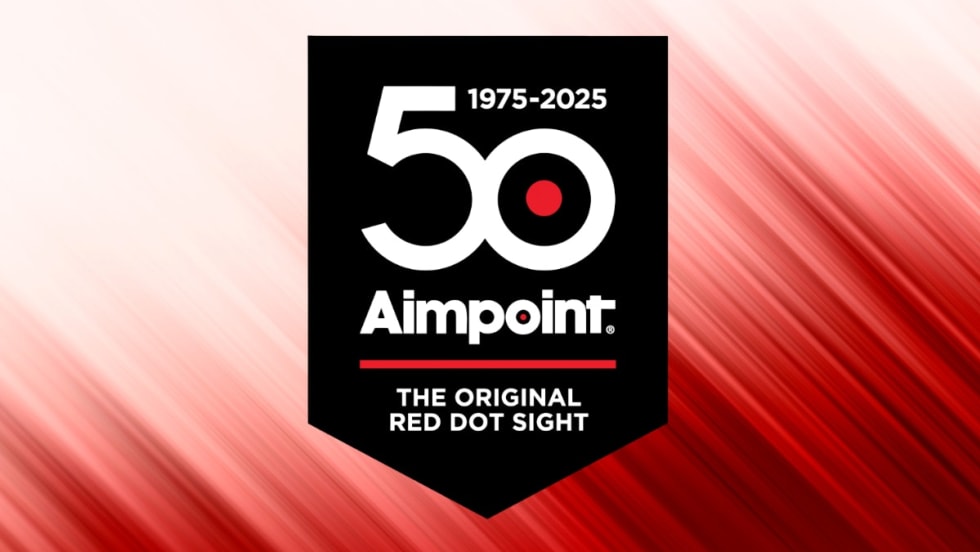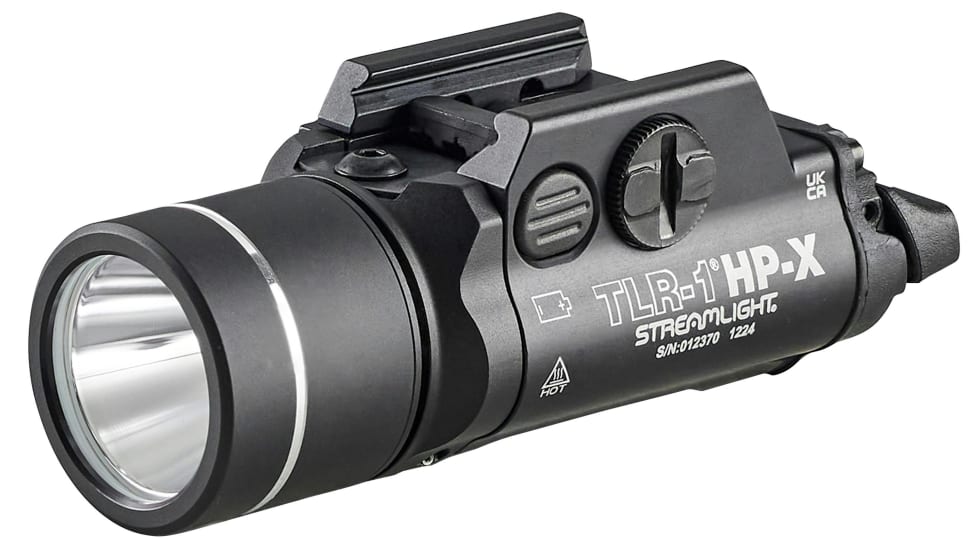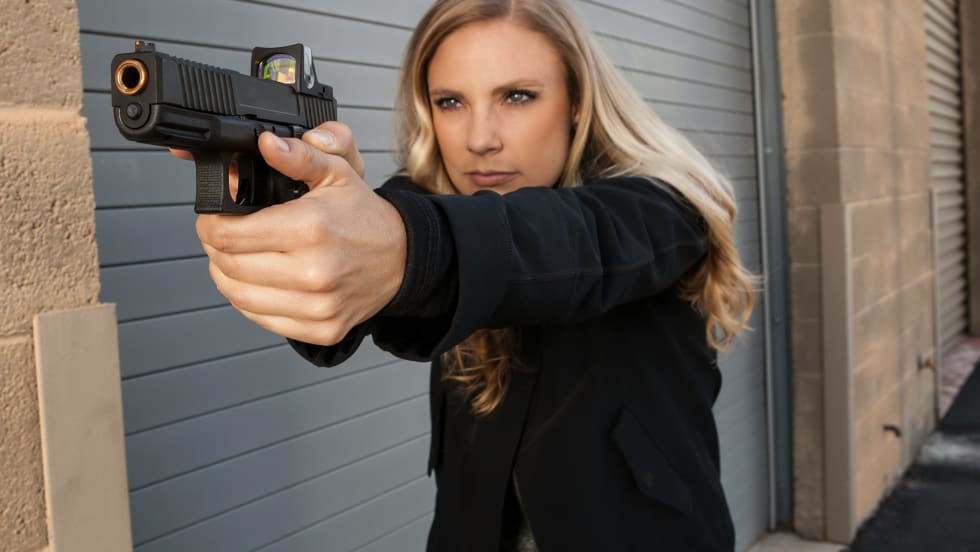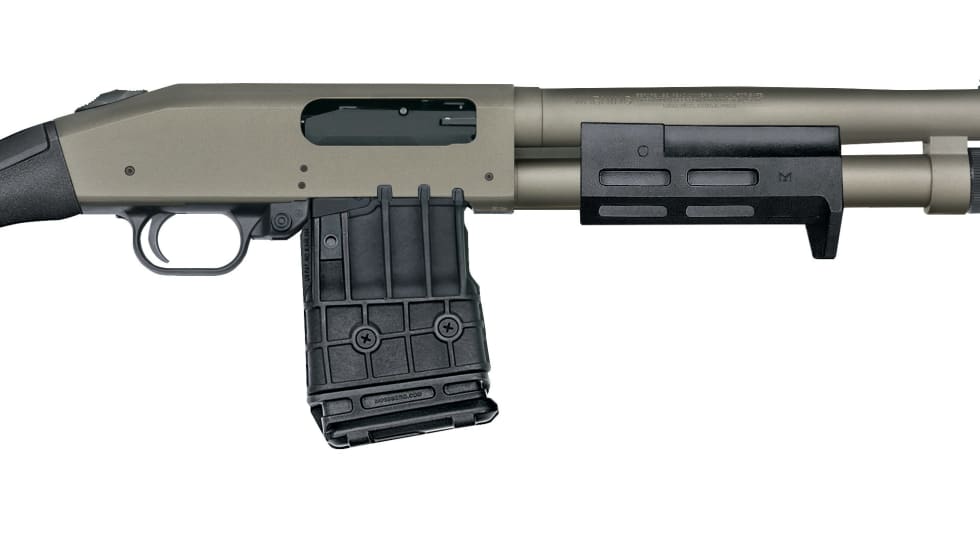When you first use this technique, the draw stroke may feel somewhat disjointed while you get the "feel" of where your hand should be on the gun. Don't worry about it. It has been my experience that the draw can be smoothed out considerably in as few as 50 repetitions.
The important thing is to draw your gun the same way every time. Also, try to perform the draw with as little shoulder and arm movement as possible. When your hand is traveling to the gun to obtain the initial index point, take your elbow as straight back as possible. This will restrict unnecessary shoulder action and will help you achieve a consistent draw stroke.
As you become more familiar with the "index-wrap" portion of the draw, your hand will actually engage the grip all at one time in a "C clamp" action, indexing, wrapping around the grip, and sweeping the thumb break all in one motion. And eventually, as you repeat this technique, the thumb break release will slow down your draw very little-only about one-quarter second-compared to your draw from an open top holster.
But regardless of the holster type you wear or whether your sidearm is concealed, your goal is to draw and fire an accurate shot in less than one-and-a-half seconds. The secret to such a fast and consistent draw is to grasp the gun and draw it the same way each and every time.
Dave Spaulding has taught officer training for more than 25 years and has written several books on the subject.










